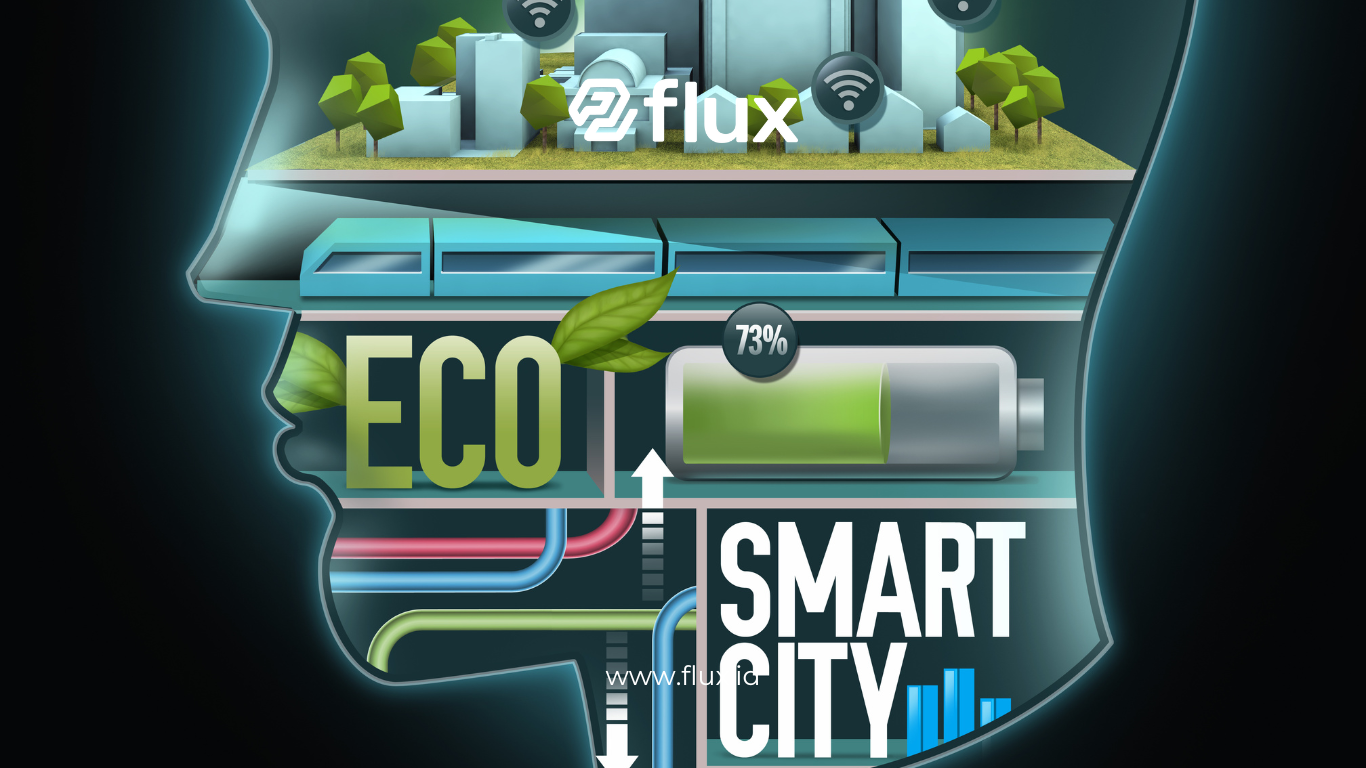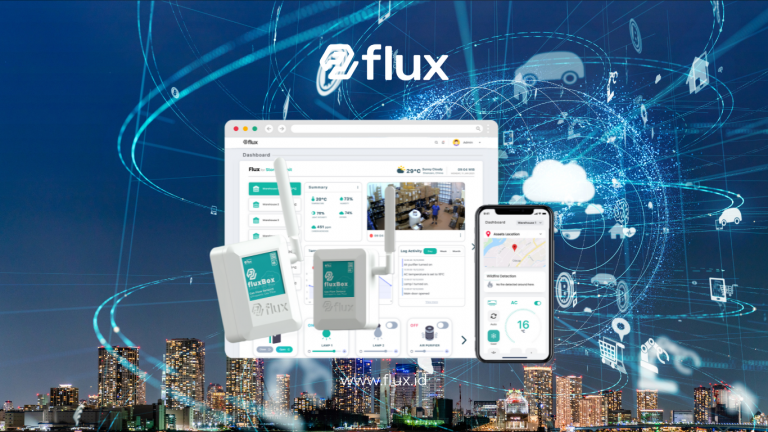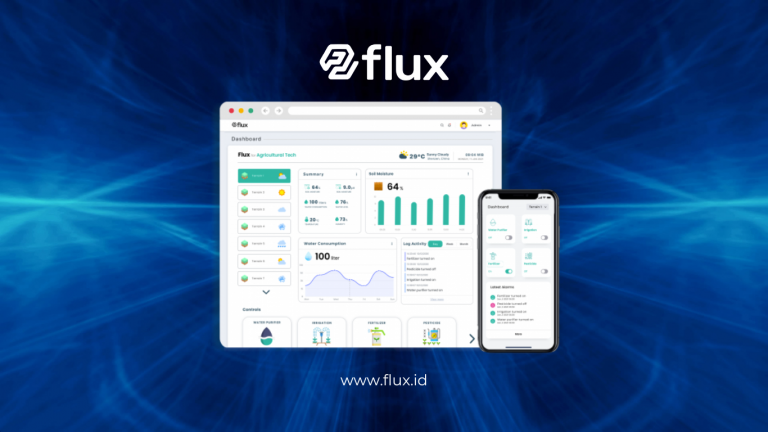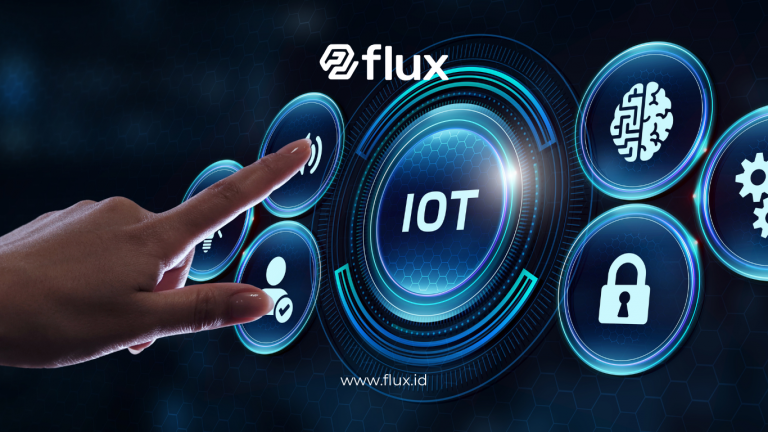Don't miss our holiday offer - 20% OFF!
In recent decades, the development of information and communication technology has significantly impacted human life. One rapidly growing concept is the smart city. A smart city focuses on leveraging advanced technologies such as the Internet of Things (IoT) to improve quality of life, efficiency, and environmental sustainability in urban areas. With the increasing urban population, IoT integration has become a primary solution to address future urban challenges.
Contents
What is a Smart City?
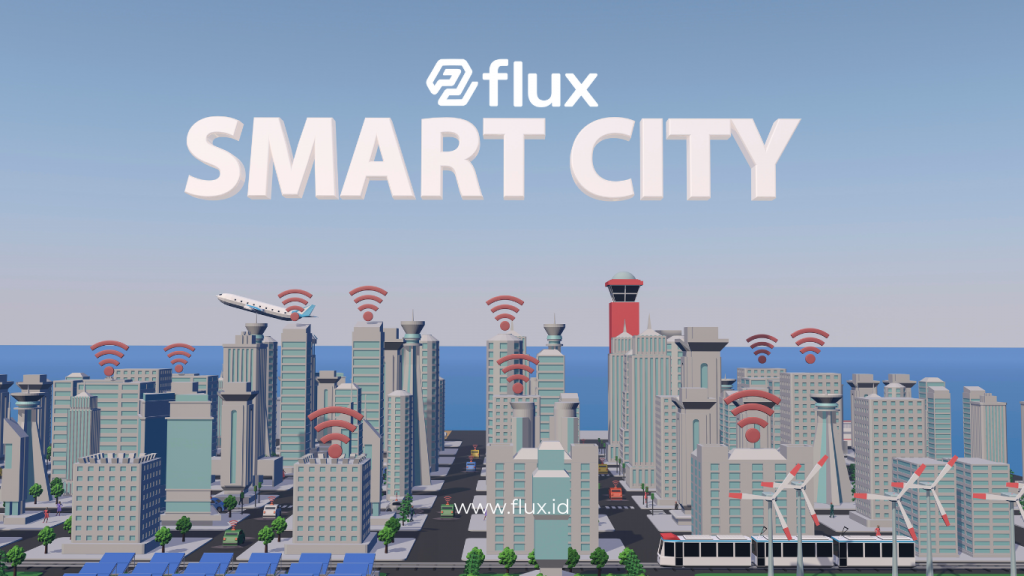
Read More: Smart City: Technological Solutions for Better Urban Living
A smart city is an urban concept that uses information and communication technology (ICT) to efficiently manage resources and improve public services. Its main goal is to create a better life for citizens through connected systems and real-time data.
The key components of a smart city include:
- Smart Transportation: Connected transportation systems to reduce congestion.
- Smart Energy: Efficient energy management.
- Smart Waste Management: Optimized waste collection and recycling.
- Smart Security: IoT-based security systems for effective surveillance.
The Role of IoT in Smart City Development
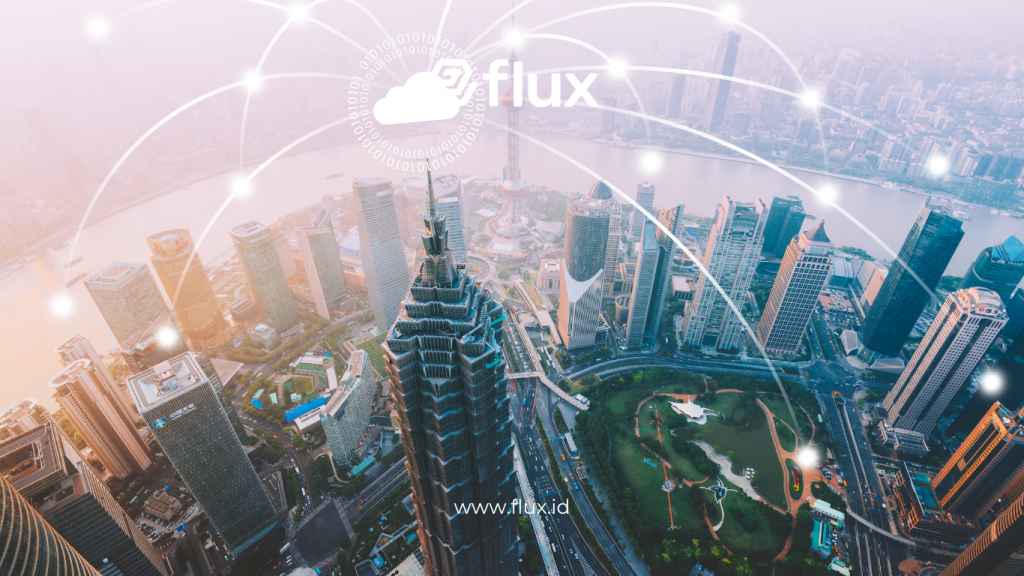
Read More: IoT in Smart City Infrastructure: Aligning Speed and Sustainability
The Internet of Things (IoT) plays a pivotal role in building smart cities. IoT connects physical devices to the internet, allowing them to collect and share real-time data. By leveraging IoT, cities can optimize various sectors.
a. Traffic and Transportation Management
Traffic congestion is a major problem in large cities. With IoT, cities can implement smart transportation systems that enable:
- Real-time traffic detection.
- Optimized traffic lights based on vehicle volume.
- Navigation applications providing the fastest routes.
b. Energy Efficiency
IoT enables energy savings through:
- Smart Grids: Energy systems that regulate power distribution based on demand.
- Smart Lighting: Sensor-based street lighting that activates only when needed.
- Building Management: Automated systems to control temperature and energy usage.
c. Waste Management
IoT technology aids in waste management by:
- Installing sensors in waste bins to detect fullness levels.
- Optimizing waste collection routes.
- Reducing operational costs of waste transportation.
d. Security and Monitoring
Security is a priority in smart cities. IoT integration enables:
- Smart surveillance cameras with automated detection.
- Sensor-based security systems for early warnings.
- Monitoring environmental conditions such as air and water quality.
Benefits of IoT-Based Smart Cities
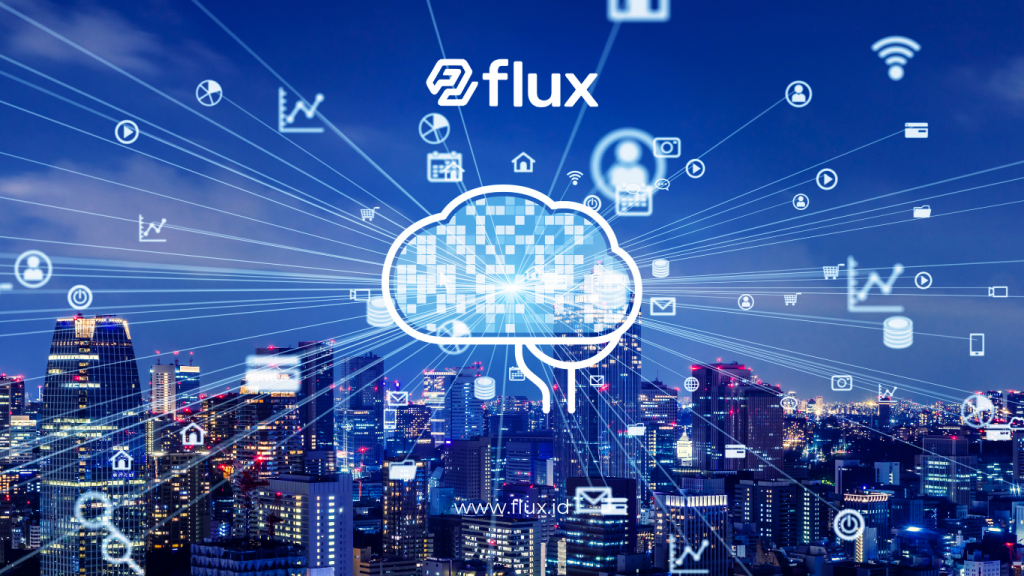
Read More: Optimizing Public Services with IoT Technology in the Smart City Era
Integrating IoT technology in smart cities brings numerous benefits, including:
a. Resource Efficiency
Technology ensures the efficient use of energy, water, and other resources.
b. Improved Quality of Life
Smart cities provide better public services and support residents’ convenience.
c. Enhanced Security
Technology-based security systems make cities safer with real-time monitoring.
d. Reduced Emissions and Pollution
With smart transportation and energy management, smart cities contribute to reduced carbon emissions.
e. Economic Growth
Technology opens new business opportunities, boosts productivity, and attracts investment.
Challenges in Implementing Smart Cities
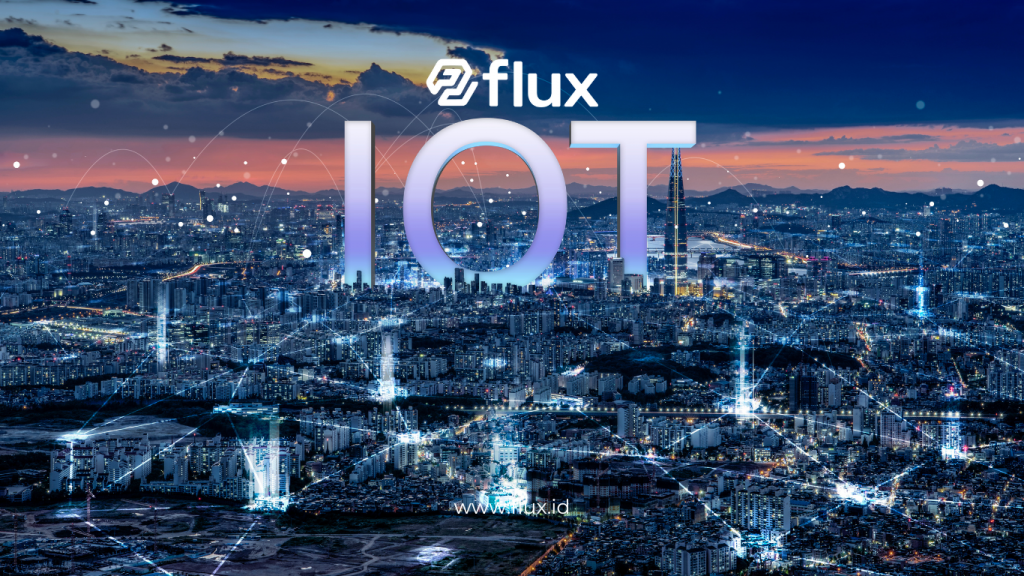
Read More: Smart City in Indonesia: Opportunities, Implementation, and Challenges in Modern Urban Development
While offering many benefits, the development of smart cities also faces several challenges:
a. High Implementation Costs
Building IoT infrastructure requires significant investment.
b. Data Security and Privacy
Collecting large volumes of data poses risks of leaks and misuse.
c. Digital Divide
Not all communities have equal access to technology, creating inequality.
d. Regulations and Policies
Supportive regulations are needed to foster IoT development and smart city projects.
Smart Cities Around the World
Several countries have successfully implemented smart city concepts with IoT integration, including:
a. Singapore
Singapore is known as one of the world’s leading smart cities with advanced transportation systems, smart lighting, and optimized energy management.
b. Barcelona, Spain
Barcelona applies smart sensors to manage water, energy, and waste efficiently, creating an eco-friendly and efficient city.
c. Dubai, UAE
Dubai utilizes advanced technology for security, transportation, and IoT-based public services.
The Future of Smart Cities in Indonesia
In Indonesia, the smart city concept has started to be implemented in major cities like Jakarta, Bandung, and Surabaya. The government continues to push technological infrastructure development with a focus on:
- Public Transportation: Integrating digital ticketing systems and optimal routes.
- Environmental Management: Implementing sensors to monitor air pollution and waste.
- Digital Public Services: Providing applications for faster access to public services.
With the right investment and supportive policies, Indonesia has great potential to build sustainable smart cities.
Conclusion
The future of smart cities presents significant opportunities to improve quality of life, resource efficiency, and environmental sustainability through IoT integration. IoT technology enables cities to address urban challenges such as traffic congestion, energy management, and security. However, its implementation requires careful planning, investment, and attention to data privacy.
Through collaboration between governments, the private sector, and society, smart cities are not just a vision of the future but a tangible solution for a better life in the digital era.


